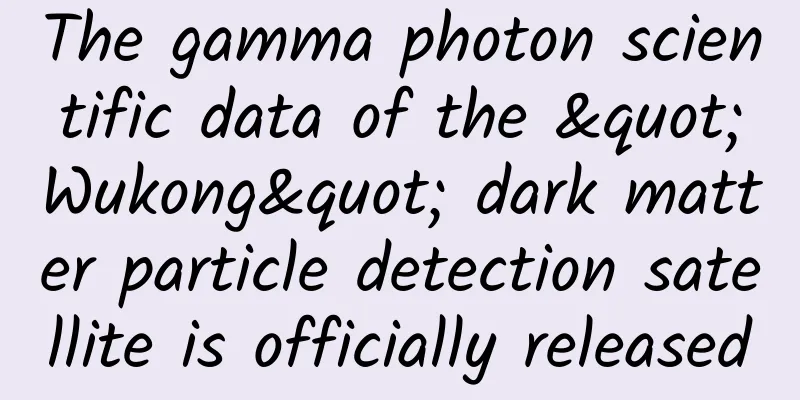How old is the Earth?

|
Most Europeans before modern times believed that the Earth was only a few thousand years old. Early geologists observed the strata and rocks and believed that the Earth should be much older, perhaps even infinite. However, physicists soon gave a different estimate: the Earth should be around tens of millions of years old. This number seems quite reliable because physicists have used many different methods to estimate it. At first, their focus was not on the Earth, but on the Sun, because without the Sun, the Earth would not exist in its current form. William Thomson, later Lord Kelvin, believed that the heat of the Sun could not come from pure chemical reactions or from the rotation of the Sun. The only remaining explanation was meteorites in space. Meteorites release huge amounts of energy when they fall to the Earth, and even more energy when they fall to the Sun. Kelvin believed that it was this energy that allowed the Sun to shine and heat, and the total amount of meteorites near the Sun determined the upper limit of the Sun's lifespan. Kelvin's first estimate was 300,000 years, which was too short no matter how you looked at it. But soon another physicist proposed a revision: the sun itself might also be shrinking, and the process of shrinking would also release energy, which is equivalent to the process of falling meteoroids releasing energy. After several revisions, the upper limit of the estimated age of the sun was 32 million years. On the other hand, Kelvin believed that the Earth was once very hot, and that heat gradually dissipated over time. At that time, people had already discovered that the Earth's interior was hotter than the surface, and the deeper you went, the hotter it got. Kelvin proved that the Earth's core should be solid, which he believed meant that the temperature of the core would not exceed 4000 degrees Celsius. Based on this value, he inferred the heat dissipation and believed that the age of the Earth would not exceed 90 million years. Other physicists used more precise formulas to correct this value to 24 million years, which is not much different from the upper limit of the age of the sun. Whether it is 32 million years or 24 million years, it seems a long time, but the time allocated to each stratum is very short. This caused great distress to geologists, but they could not find a way to refute the conclusion of physicists. Biologists also suffered from it. At that time, Darwin's theory of evolution had just been born. The natural selection advocated by Darwin was generally a very slow process. Would tens of millions of years really be enough? Therefore, some biologists had to guess that evolution might be more directional and faster than Darwin thought. Fortunately, these physicists' estimates were completely wrong. Because at the end of the 19th century, humans discovered radioactivity. A piece of radium emits enough heat per hour to melt the same mass of ice. This new source of energy means that the sun produces much more heat than previously thought, and the earth has changed from simply dissipating heat to being able to both dissipate heat and generate heat. All the limitations given by previous estimates suddenly disappeared. The first person to solve the solar problem was astronomer Eddington. He predicted the sun's energy source very accurately long before the discovery of nuclear fusion. His prediction was based on the following facts: First, it is known that there are a large number of helium atoms on the sun. In fact, helium was first discovered in the solar spectrum and then on Earth. Second, the hydrogen atom is the smallest atom. The mass of the helium atom appears to be about four times that of the hydrogen atom, but careful measurement reveals that the mass of the helium atom is slightly smaller than four hydrogen atoms, which is 0.8 thousandths less. Third, Einstein's mass-energy conversion formula shows that a small amount of mass is equivalent to a huge amount of energy. Based on these points, Eddington deduced that the sun was continuously undergoing some kind of reaction, converting four hydrogen atoms into one helium, and the remaining 8/1000 of mass was converted into light and heat and released. Moreover, helium atoms could continue to aggregate into other atoms. His deductions were almost all confirmed in the following decades. Without the life of the sun as an upper limit, we can finally measure the age of the Earth itself with peace of mind. Radioactivity comes to the rescue again: physicists have discovered that the decay rate of radioactive atoms is stable. For example, every 4.5 billion years, the number of uranium 238 atoms decreases by half, and eventually turns into lead 206. Once many rocks and minerals are formed, it is difficult for uranium and lead from the outside to enter them. By measuring the ratio of uranium 238 to lead 206, we can know how long it has been since the mineral was born. The only remaining problem is to find the oldest minerals. When the Earth was first formed, it was a mass of hot magma. Even if the original minerals could be formed, they would have melted again long ago. The oldest ones that can be found are only about 4.2 billion years old. However, astronomical theory holds that the sun, the earth, and other celestial bodies in the solar system were formed at about the same time. Smaller celestial bodies cool faster, so early minerals can be preserved. Researchers measured the age of meteorites and lunar rocks and finally confirmed that the Earth is about 4.5 billion years old. Physicists' early inferences about the age of the Earth were reasonable and difficult to refute, but it turned out that they were wrong because there was a completely new source of energy that had never been discovered, which overturned all the previous conclusions. This phenomenon is not common in science, but it does happen occasionally. When all existing theories cannot explain a phenomenon, a completely new theory may be needed. Of course, when the existing theories are very satisfactory, it is difficult to find a completely new theory. |
Recommend
There are so many pots, how do you choose a good and suitable one?
For gourmets who believe in "do it yourself,...
Why did the chick I bought as a child die so quickly? I finally know the answer!
We often see some merchants or small farmers carr...
Product Analysis Report丨How does WeChat Reading retain users?
I have always believed that reading is a solitary...
VR Chronicles: What did VR devices look like 50 years ago?
Although the VR field has only started to flouris...
How to choose a Beijing mini program development company? Beijing Mini Program Mall Development Recommendation
Mini programs are all developed by companies with...
To make snow, you first need to plant snow. How can you create snow out of nothing? How do snow cannons do this?
The Winter Olympics started snowmaking, which mad...
Case analysis: How does Juewei Duck Neck do social marketing?
If you like to eat duck necks and braised food, y...
Mobile high bandwidth server rental
In this era of rapid development of Internet tech...
How much do you know about performance optimization?
[[196882]] 1. Introduction Recently, a new versio...
There is only bad strategy, no bad traffic
In the past, traffic was king and growth hackers ...
A complete analysis of Tik Tok content operations, just read this article!
There is no need to say much about the popularity...
How to build a content system for B2B customer acquisition?
For B-side customer acquisition, the WeChat ecosy...
WeChat applet development video tutorial compilation [Baidu cloud resource collection]
On January 9, 2017, the mini program released by ...
Criticizing Microsoft and attacking Android: Apple's 40-year advertising feud
At the recent MWC 2018, the Android camp launched...
Foshan shared power bank mini program has customized functions. How much does the shared power bank mini program cost?
With the advent of the 5G era, the network speed o...









